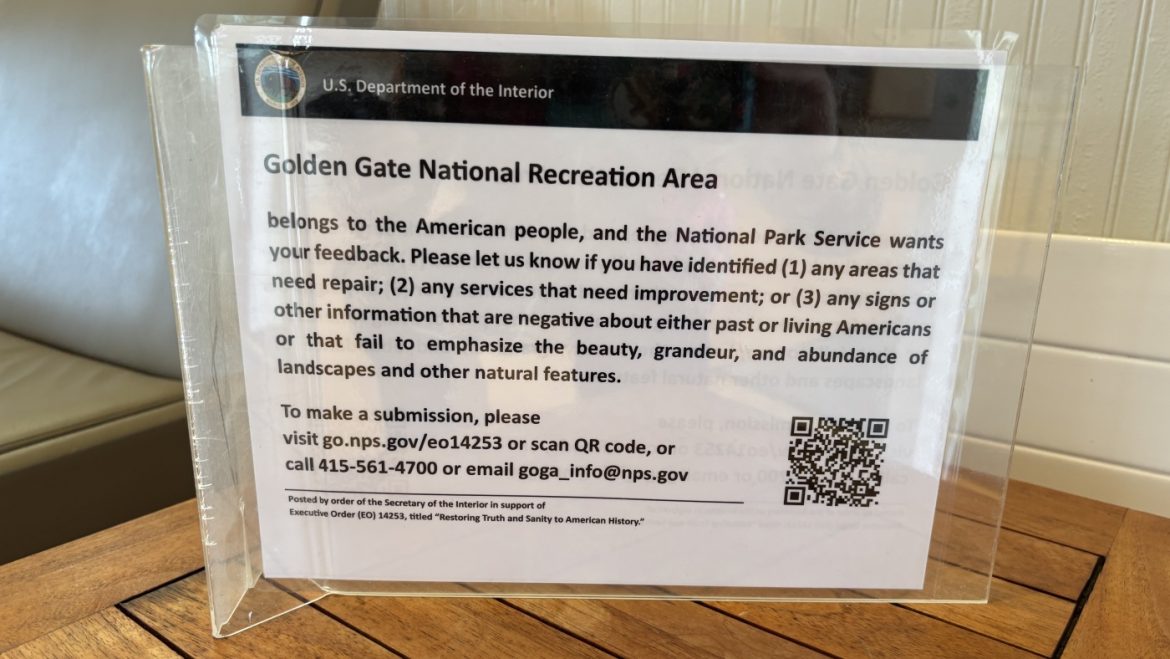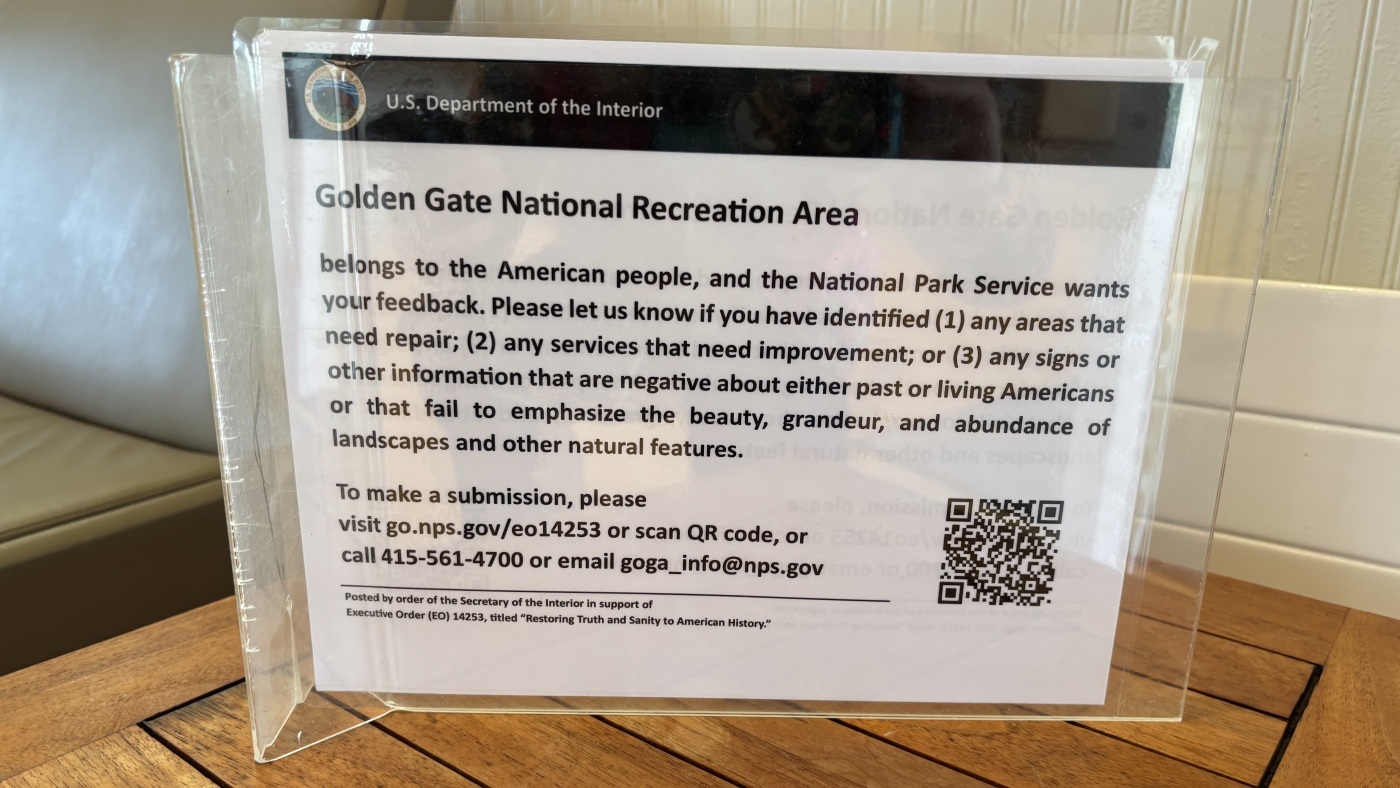The recent directive from the Department of the Interior, asking visitors to national parks to flag “negative” content about Americans, has sparked an unexpected and profound public response. This initiative, framed as part of a broader push for “patriotic education,” was intended to remove or revise historical narratives that cast Americans in an unfavorable light. However, the outcome was far from what officials anticipated. Instead of reporting negative content, visitors used the opportunity to advocate for a more complete and honest portrayal of American history.
The Context: A Shift in Historical Interpretation
The directive emerged in a politically charged environment, where debates over national memory and historical education have intensified. The Trump administration’s emphasis on “patriotic education” sought to reframe historical narratives, particularly in public spaces like national parks. The National Park Service (NPS), known for its commitment to telling complex and sometimes difficult stories, found itself at the center of this debate. The directive challenged the agency to reconsider how history is presented and who has the authority to decide what is appropriate.
This shift marks a departure from the NPS’s traditional approach, which has often involved acknowledging both the triumphs and failures of American history. Sites like Manzanar and Selma, for example, have been recognized for their role in telling the full story of America’s past, including its darker chapters. The new directive, however, aimed to remove or revise content that “disparages Americans,” raising questions about the role of historical interpretation in public spaces.
Visitor Responses: A Call for Honest Storytelling
When the signs went up, visitors responded in ways that defied the directive’s intent. Rather than reporting negative content, they used the opportunity to express their support for a more comprehensive and honest portrayal of American history. Suggestion boxes and social media feeds filled with comments advocating for the importance of learning from difficult chapters in history, such as slavery, the forced removal of Native peoples, and the incarceration of Japanese Americans during World War II.
Visitors saw the directive as an attempt to whitewash history, erasing the complexities and challenges that have shaped the nation. Many argued that acknowledging and learning from these difficult chapters is the truest form of patriotism. They viewed the parks as places of encounter and reckoning, where the full story of America’s past should be told, not just the celebratory aspects.
The Role of Trust in National Parks
The backlash against the directive can be attributed, in part, to the trust that many visitors place in the National Park Service. The NPS has long been recognized for its commitment to telling complex and sometimes difficult stories, and visitors have come to expect this level of honesty from the agency. Sites like Little Bighorn and the African Burial Ground in New York City, for example, do not shy away from presenting the painful and ambiguous aspects of American history.
Visitors see these efforts as essential to understanding the full story of America’s past. Learning about the Trail of Tears or Japanese internment, for example, is seen as an expected part of the visit, one that makes the grandeur of these places more meaningful rather than less. The directive, therefore, was seen as a threat to this trust, raising concerns about who gets to decide what is “negative” or “inappropriate” in historical interpretation.
The Irony of the Directive
The directive’s request for visitors to flag “negative” content became an invitation for reflection on the responsibilities of public education. Visitors used the opportunity to express their views on the importance of honest storytelling, often with a sense of moral seriousness. They argued that avoiding the “negative” was itself un-American, a betrayal of the national trust, and a step away from the difficult conversations needed to make sense of where the country has been and where it might be going.
Some visitors even used dark humor to express their disapproval, such as suggesting the removal of signs describing the damage settlers did to the redwoods. Others got meta, questioning whether the Grand Canyon should be removed because it makes people feel small. These responses highlighted the absurdity of the directive and the importance of honest storytelling in public spaces.
The Future of Historical Interpretation in National Parks
As the deadline for revising or removing negative content approaches, park staff and the Interior Department face a dilemma. The outpouring of visitor feedback reveals just how politicized public memory has become and how resistant ordinary Americans are to top-down instructions on what to remember and what to forget. Behind the scenes, many rangers are carefully examining the interpretation at their parks, reaching out discreetly to colleagues for support, and expressing anxiety about the future of their work as storytellers.
Some speculate about what will change if these directives are enforced or whether, as with so many culture war issues, the enforcement will quietly fade once public pressure mounts. Others wonder whether such top-down efforts will spark a new commitment among the public to defend honest history in public spaces.
Conclusion: The Power of Public Engagement
The directive to flag “negative” content in national parks has had an unintended consequence: it has sparked a wave of public engagement and advocacy for honest storytelling. Visitors have used the opportunity to express their support for a more comprehensive and truthful portrayal of American history, challenging the notion that certain chapters should be erased or revised.
This episode reveals a public that still trusts parks to be places of encounter and reckoning, not just celebration and recreation. Visitors were asked to flag “negative” content, but instead flagged a value: truth, complexity, and the humility that comes with knowing we still have much to learn from our own past. Signs can be taken down, but the conversations they started will be harder to erase. The directive has highlighted the importance of public engagement in shaping historical interpretation and the role of national parks as spaces for learning, reflection, and dialogue.


